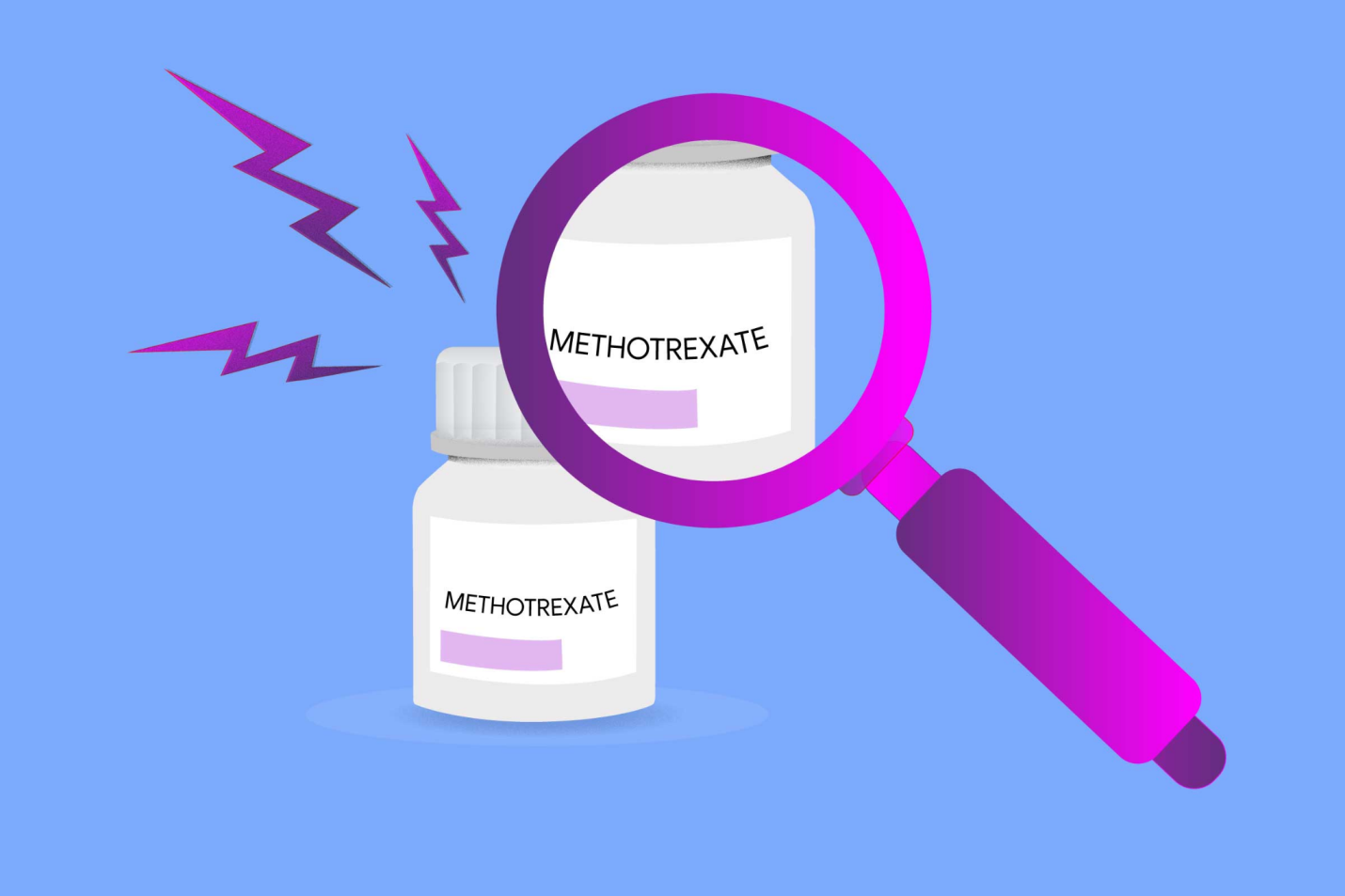Free Courses Sale ends Soon, Get It Now


Free Courses Sale ends Soon, Get It Now



Copyright infringement not intended
Picture Courtesy: creakyjoints.org
Context: The development of a highly fluorescent material providing a non-enzymatic method for Methotrexate detection represents a pivotal advance in addressing the toxicity linked to high doses of this anti-cancer medication.
Details
|
Methotrexate ●It is a type of disease-modifying anti-rheumatic drug (DMARD) that is used to reduce inflammation and slow the progression of autoimmune diseases. Autoimmune diseases are caused when the immune system mistakenly attacks healthy tissues in the body. ●It is commonly used to treat rheumatoid arthritis, psoriasis, psoriatic arthritis, juvenile idiopathic arthritis, and Crohn's disease. It is also used to treat certain types of cancer, such as leukaemia and lymphoma. ●It works by blocking the production of folic acid, which is a vitamin that is necessary for cell growth. By blocking folic acid production, methotrexate can slow the growth of abnormal cells, such as those found in autoimmune diseases and cancer. ●It can have side effects, including mouth sores, nausea, vomiting, hair loss, and fatigue. It can also cause more serious side effects, such as liver damage and lung damage. Therefore, it is important to talk to a doctor about the risks and benefits of methotrexate before taking it. |
Metal-organic Framework (MOF)
Components of the Material
Optical Properties and Sensing Mechanism
Advantages and Application
Biocompatibility and Cytotoxicity
Overall Significance
Conclusion
|
PRACTICE QUESTION Q. . What is Methotrexate, recently highlighted in the news? A) A new type of fluorescent material for medical imaging. B) An anti-cancer drug used to treat various cancers. C) A synthetic polymer for tissue engineering. D) A novel enzyme for drug metabolism. Answer: B Explanation: Methotrexate is a chemotherapy drug widely used to treat different types of cancers, including leukaemia, lymphoma, and solid tumours. |
© 2024 iasgyan. All right reserved